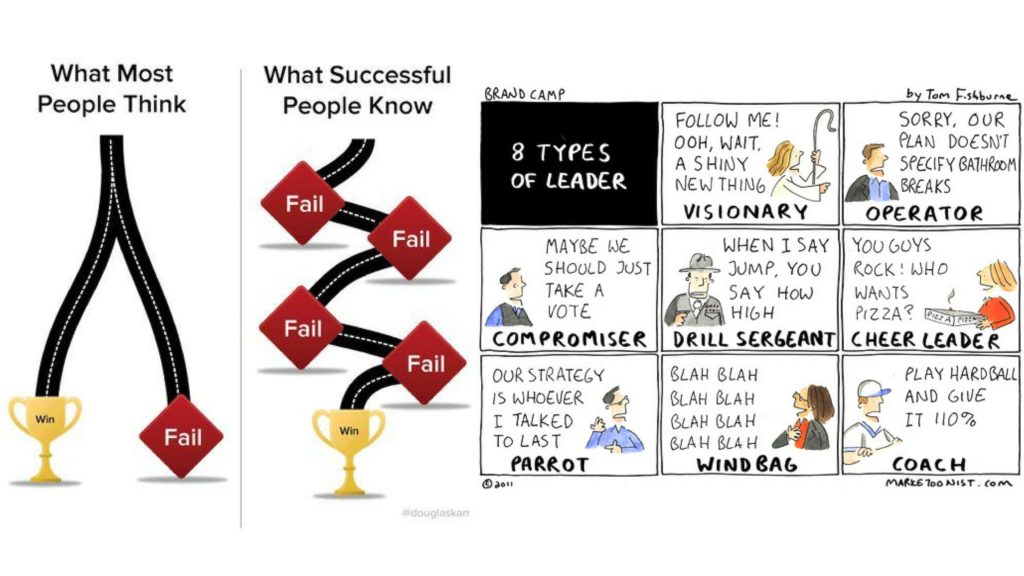How to maximise your team’s teaching

As a Head of Faculty, I have faced a number of exciting and less exciting challenges, least of which is being able to hold a team together and ensure that the overall objectives of the faculty and ultimately the school are being met.
Alongside this is the critical developmental needs for each individual. I was responsible for 5 subject areas within the school working within a team of 16. These varied from colleagues who have been at the school for over 30 years, to newly qualified teachers, long term supply and trainees. I was the glue which bonded these very disparate groups together, harnessing knowledge and expertise alongside youth and enthusiasm.
This in itself is challenging; knowledge and expertise bring a lack of receptiveness to change and youth and enthusiasm brings mistakes. It is maintaining those high levels which bring the challenge.

In terms of leadership style, I like to view myself as a collaborator, perceptive about others’ needs, supporting and developing colleagues by placing them in positions where they can excel as well as sharing credit for team success with all members.
Jim Collins argues that as a leader you are driving a bus. It is your responsibility to get the bus moving, to decide where you are going and who is going with you.
Getting the right people on the bus and in the right seats is critical in achieving your aims. Team performance starts with each individual and his or her ability to collaborate. We have an opportunity to teach individuals to be accountable, get past their own fears, be honest, and resolve conflict more quickly and openly.

We have the first-hand experience of how a lack of trust between team members quickly cripples everything. Building confidence in each person with a trust-centric approach opens the door for long-term success through increased collaboration, faster conflict resolution and creative freedom.
Focus on each individual, not just the organisation, and the foundation will be stronger than ever.
Fear holds people back. It restricts us from being honest, working together and sharing. You can’t build a successful team that’s constrained by fear. This increases the effectiveness and leadership in each individual, which in turn builds better teams, reduces stress and conflict, and also identifies potential problems faster by focusing on the employees’ intrinsic motivations for success.
True organisational and cultural change is not easy. But the benefits of creating a more trustworthy faculty are significant. The framework for measuring progress is also important: You need the right practical tools, language and principles to understand how things are going.

Getting everyone on the same page is critical and clear SMART Performance Management objectives set at the start of the year can really influence this. This then allows you to monitor the quality of work your team members achieve.
But progress towards these targets is also the most difficult to define. Team members who care about what they do and are engaged at work will likely perform better, and it’s a good idea to recognise resulting achievements. The only way to monitor this is through the usual quality assurance methods, including book checks, learning walks and lesson observations.
Improving the regularity and taking the hostility out of the monitoring exercise can help you achieve your goals and check progress at the same time, maximising your team’s teaching.








Responses